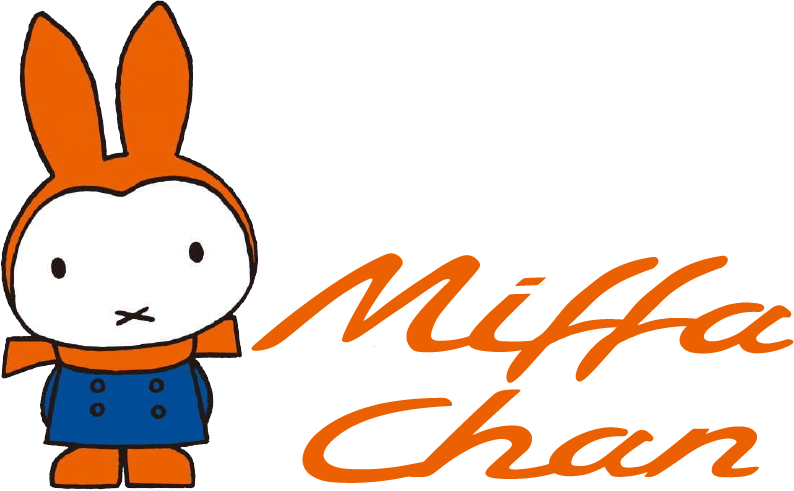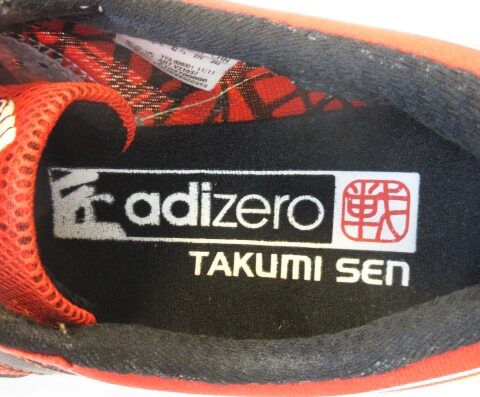Back in 2010 Announcement in Tokyo
In a landmark event that sent ripples through the sports footwear industry, Adidas Japan announced the signing of world-renowned cobbler Hitoshi Mimura as an exclusive consultant. The press conference, held in Tokyo, marked the beginning of a new era for Adidas, as they welcomed a master craftsman whose expertise has shaped the running world for decades.
The Adidas Adizero, which was launched in 2004, has been greatly influenced by Japanese craftsmen. Toshiaki Omori was the first big name in charge of the Adizero range. The Adizero Adios Proto is probably the most famous Adizero shoe of all. It was worn by Haile Gebrselassie to stop the clock in 2:03:59 (September 2008), setting a new WR.
The evolution of Adizero has moved from minimalistic, low-weight, glove-fitting design to new material, new geometries like in any other major brand since 2017. It’s so interesting to see how things change! Japanese craftsmen are now something that belongs to the past in Adidas and all the running brands. Even at Mizuno and Asics (both Japanese).
Hitoshi Mimura: A Legacy in Shoemaking
Hitoshi Mimura’s journey into the world of shoemaking began in a small workshop in Japan, where he honed his skills and developed a keen eye for detail. His career took a significant turn when he joined Asics, “The name” in japanese athletic footwear. During his tenure at Asics, Mimura’s innovative designs and meticulous craftsmanship earned him a reputation as one of the finest cobblers in the industry.
Mimura’s Influence at Asics
At Asics, Mimura was instrumental in developing some of the brand’s most iconic shoes. His commitment to perfection and his ability to blend traditional shoemaking techniques with modern technology resulted in footwear that was both functional and stylish.
His work reflected in some Kayano, Nimbus, Ds- Trainer as well as Tarther and Ds-Racer models through his time working for ASICS.
He was behind experimental custom made shoes for Mizuki Noguchi, Naoko Takahashi, and many other who win Gold medals in marathon.
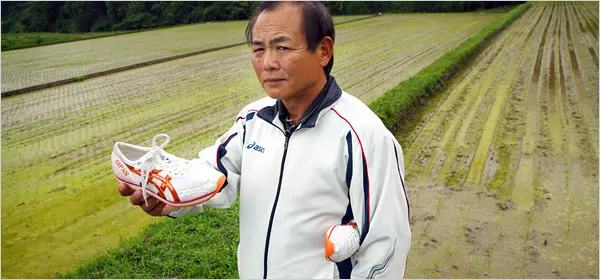
Transition to Adidas: A Strategic Move
Mimura’s transition from Asics to Adidas was driven by a desire to explore new challenges and bring his unique vision to a different platform. As an exclusive consultant for Adidas, Mimura would have the freedom to innovate and create footwear that pushed the boundaries of performance and design. His appointment was seen as a strategic move by Adidas to strengthen their position in the competitive running shoe market (specially in Japan where distace running is much more than a sport activity)
The Takumi Series: A New Standard in Running Shoes
One of Mimura’s first projects at Adidas was the development of the Takumi series, specifically the Takumi Sen and Takumi Ren models. These shoes were designed to meet the needs of elite runners, offering a blend of speed, comfort, and durability.
Takumi Sen can be roughly translated as “An Artisan of The Highest Order“

ta• ku • mi n . Japanese for “master” or “master craftsman.”
Denotes the highest levels of ability: “Of the 300 craftsmen employed in
Lexus’ Tahara plant, only 10 hold the title of takumi.”
Synonyms: meister, maestro
The Birth of Takumi Sen
The Takumi Sen was introduced as a high-performance racing shoe, engineered to provide maximum efficiency and speed. Mimura’s influence was evident in every aspect of the shoe’s design. The Takumi Sen featured a lightweight construction, with a focus on providing a natural running experience. The shoe’s upper was made from breathable mesh, allowing for excellent ventilation, while the sole was crafted from a combination of responsive foam and durable rubber, ensuring both comfort and longevity.
Following the success of the Takumi Sen, Mimura and his team developed the Takumi Ren. This model was designed as a versatile training shoe, suitable for both speed workouts and long-distance runs. The Takumi Ren incorporated many of the innovative features found in the Takumi Sen, but with added cushioning and support to cater to a wider range of training needs. The shoe’s midsole used Adidas’ signature Boost technology, providing enhanced energy return and cushioning, while the outsole offered superior grip and durability.
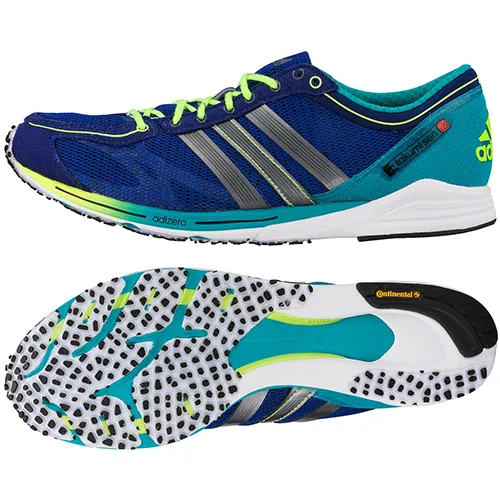
Takumi Ren: A Versatile Training Companion
Following the success of the Takumi Sen, Mimura and his team developed the Takumi Ren. This model was designed as a versatile training shoe, suitable for both speed workouts and long-distance runs. The Takumi Ren incorporated many of the innovative features found in the Takumi Sen, but with added cushioning and support to cater to a wider range of training needs. The shoe’s midsole used Adidas’ signature Boost technology, providing enhanced energy return and cushioning, while the outsole offered superior grip and durability.
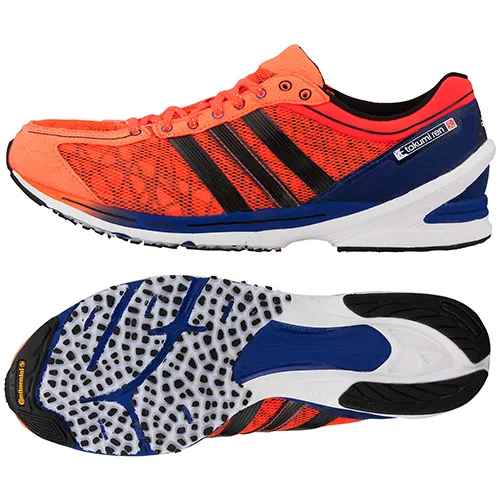
Special Creations for Adidas Athletes
In addition to the Takumi series, Mimura’s expertise was also called upon to create bespoke footwear for Adidas athletes. These custom shoes were tailored to meet the specific needs and preferences of each athlete, ensuring optimal performance on the track and field.
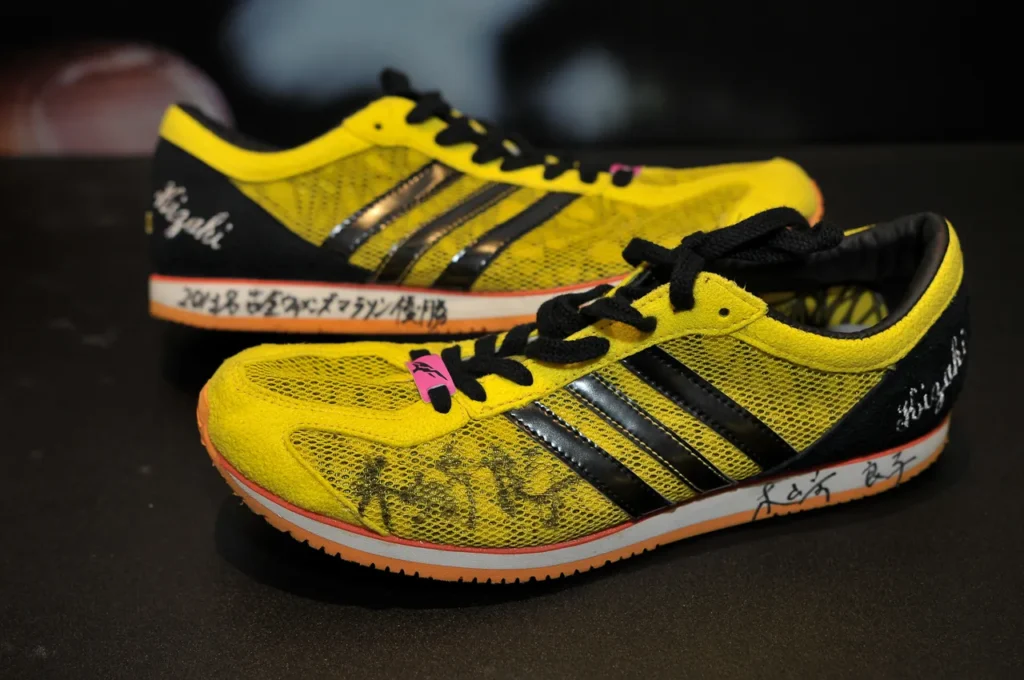
Custom Designs for Elite Runners and limited editions.
Mimura worked closely with several elite runners, including marathon champions and Olympic medalists, to develop shoes that enhanced their performance. Each pair was crafted with precision, taking into account the athlete’s biomechanics, running style, and personal preferences. These custom designs often featured unique materials and construction techniques, setting them apart from standard models available to the public.
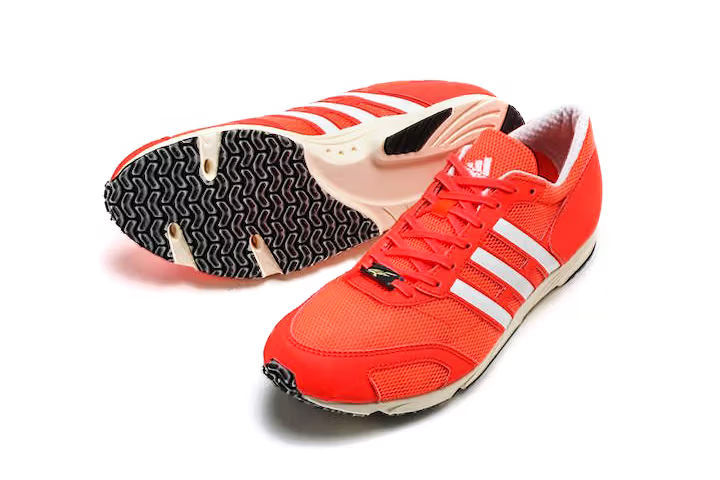
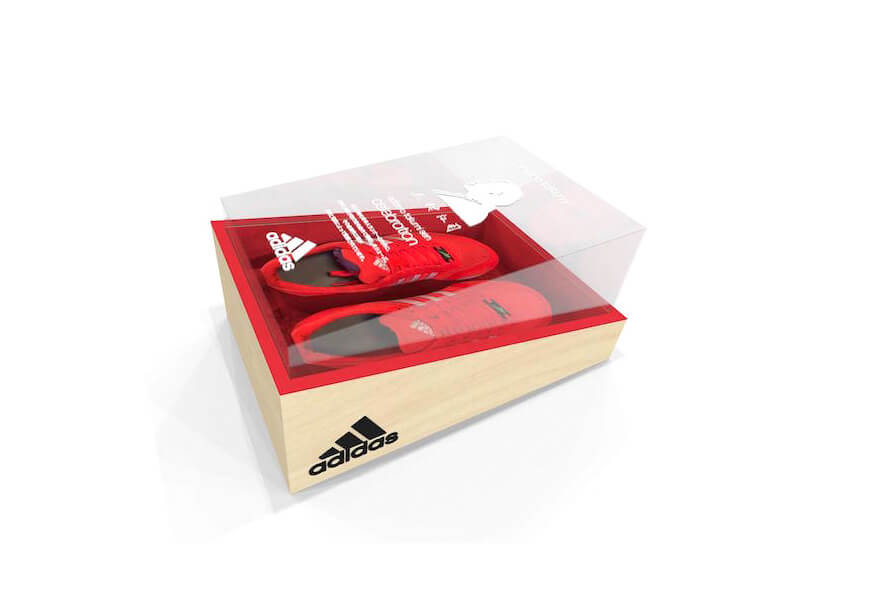
Mimura’s Craftsmanship: A Blend of Tradition and Innovation
What sets Mimura apart from other shoemakers is his ability to seamlessly blend traditional craftsmanship with cutting-edge technology. His approach to shoemaking is rooted in a deep understanding of anatomy and biomechanics, which allows him to create footwear that not only performs well but also promotes healthy movement.
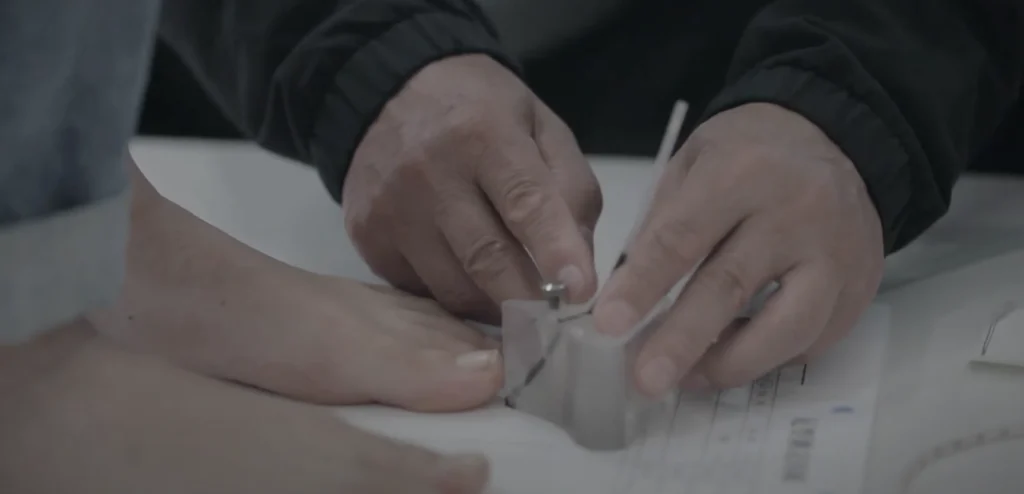
The Art of Shoemaking
Mimura’s workshop is a testament to his dedication to the art of shoemaking. Each pair of shoes is crafted by hand, with meticulous attention to detail. From selecting the finest materials to shaping the perfect fit, every step of the process is carried out with precision and care. This hands-on approach ensures that each shoe meets the highest standards of quality and performance.
Embracing Technology
While Mimura’s techniques are steeped in tradition, he is also a firm believer in the power of technology to enhance his work. At Adidas, he has embraced advanced manufacturing techniques and materials to push the boundaries of what is possible in shoemaking. This includes the use of 3D printing for custom insoles, advanced foam compounds for improved cushioning, and innovative upper materials for enhanced breathability and support.
The computer measurement really is simple and gives quick results. It serves as a simple and easy-to-understand method for
Mimura when asked about hand made measurements – Lexus Magazine
people like ordinary joggers, but this [he pointsto the hand-drawn diagram] is for professionals. It’s more detailed and precise.
Takumi Sen after Mimura depart
The Takumi Sen is now in its 10th iteration. For some reason, adidas skipped version 4, and soon the trainer companion, the Takumi Ren, was discontinued (probably because the Boston was in the same category).
The Takumi Sen 6 introduced the Celler Mesh upper, which you’ll recognise from the Adizero. The Ero Pro (the first, failed carbon-plated shoe from Adidas)
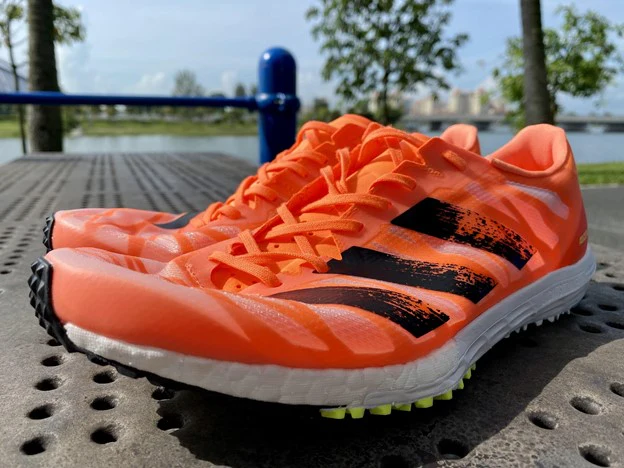
The Takumi version 7 (2021) showed some of the innovations in the upper that adidas introduced in the Adios Pro 2 line. However, the midsole, sole and geometry still followed the classic approach introduced by Mimura.
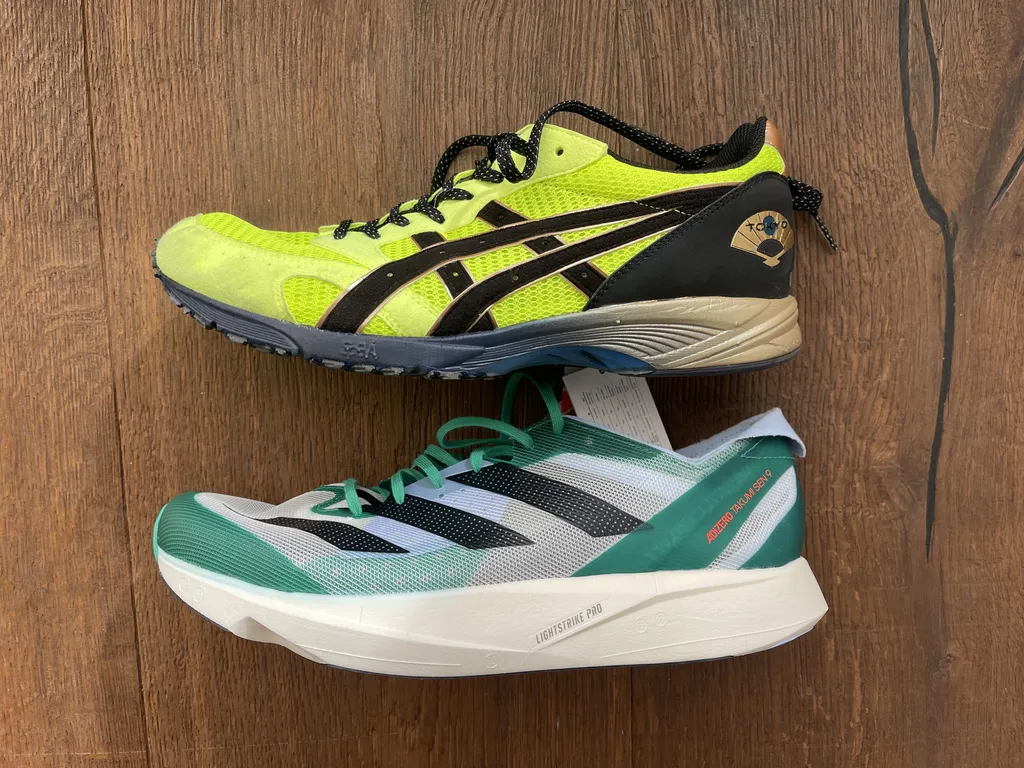
Adizero Takumi Sen 9 – A Shrunken down Adios Pro 3?
It’s likely that the Takumi 5 was the latest model that Mimura was involved with. Now the Takumi Sen is still a minimalistic, superlight shoe, but in the new scenario that was created after 2017 when Nike revolutionised the long distance run scene.
We will probably write about it soon, but meanwhile check this video from the only Running Shoes youtuber that really knows about product design and development Segasu.
Shifting gears from Adidas To New Balance
Hitoshi Mimura became global adviser for New Balance in 2018 and together they launches the Hanzo. In Japan you can still buy the V4 of that shoe
Also more about that story soon because is a bizarre one.
